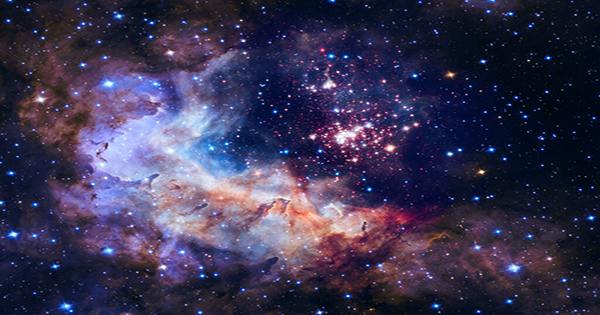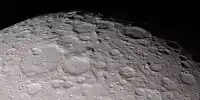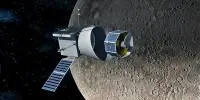The Hubble Space Telescope launched on April 24, 1990, and has given humanity a spectacular view of the universe for more than three decades. Not celebrating its 31st birthday, NASA has released a spectacular new image of a star that emits bubbles of burning gas. Astronomers at the Space Telescope Institute observed the powerful observations of AG Carinae, one of the brightest stars in the Milky Way. The star is a bright blue variable and very fickle.
It experiences wild pulsations, occasional large-scale stimuli, and occasional massive eruptions. This activity created a huge nebula of material that expelled over a period of about five light-years. These illuminated blue variables are larger stars that live faster and die younger, which is very different from most stars in our galaxy. AG Carina is 70 times the mass of our Sun and 1 million times more illuminated.
Kerstin Weis, a luminous blue variable expert at Ruhr University in Bochum, Germany said in a statement, “I like to study stars like this because I’m fascinated by their instability. They’re doing weird things.” Hubble observed 1.5 million of about 48,000 celestial objects. More than 169 terabytes of data collected by observers led to the publication of 18,000 scientific research papers last year alone.
Kerstin Weis, who studies luminous blue variable stars at Ruhr University in Bochum, Germany, said in a NASA statement, “I like to study stars like this because I’m fascinated by their instability.” “They’re doing something weird.” In the new image, the hydrogen and nitrogen gases glow red, while the blue mark is the filamentary dust structures ignited by them.
Hubble studied the scene and this scene in ultraviolet light. Illuminated blue variable stars have two modes that are quiet during their lifetime and change a lot in a few handfuls. During one of these attacks, the stars became brighter – scientists now estimate that AG Carina is about a million times brighter than Earth’s sun. Out of the box, surprisingly, is the strategy to keep them together, according to the ESA statement.
Within a star, the internal pressure of gravity and the external pressure of radiation from the star are usually in balance, but in an unstable star, one sometimes wins over the other. In the case of AG Carinae, this means that external pressure, in short, makes gravity more powerful to mix matter into space, a stimulus that re-balances the stars, to a lesser extent.















